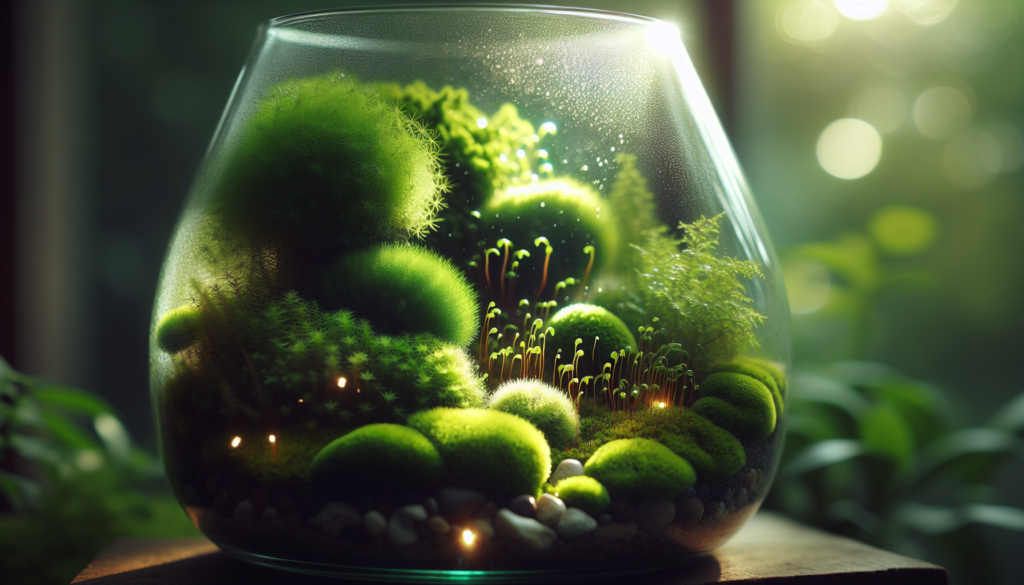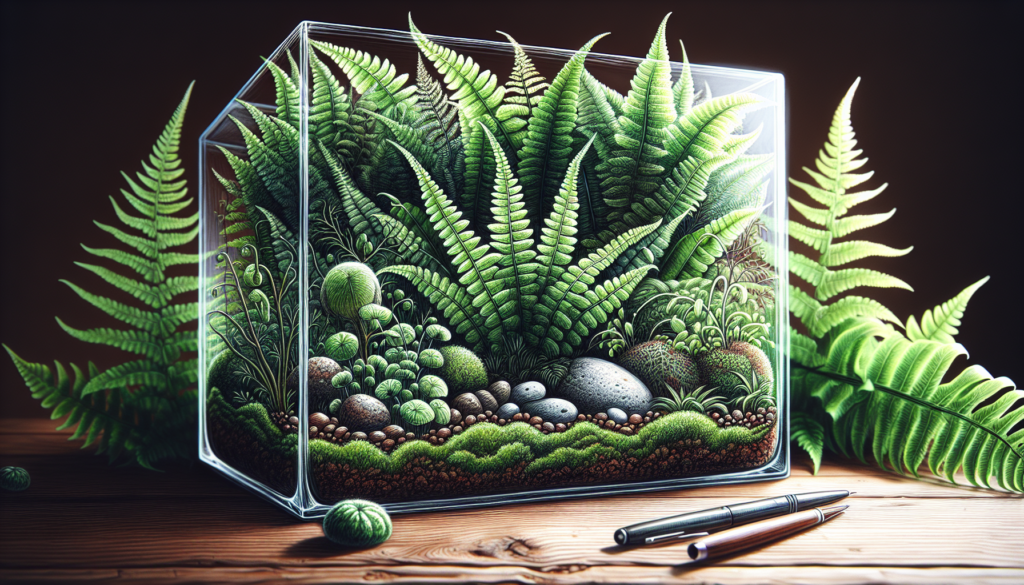Welcome to our guide on Dieffenbachia care! If you’re looking to add a touch of lush foliage and robust health to your indoor space, the Dieffenbachia plant is an excellent choice. Known for its beautiful leaves and easy-care requirements, this tropical houseplant is perfect for plant enthusiasts of all levels. In this article, we will provide you with essential care tips to ensure optimal growth and health for your Dieffenbachia. From light requirements to watering, fertilizing, potting, propagation, and pest control, we’ve got you covered.
Appearance of Dieffenbachia

Dieffenbachia plants are known for their stunning appearance, thanks to their large, pointed, oblong leaves. These leaves come in various patterns, including variegated shades of white, yellow, gold, and green. The variegation can be speckled, splotched, or loosely striped, giving the plant a tropical look that adds a touch of vibrancy and beauty to any room. While Dieffenbachia rarely flowers, when it does, the bloom resembles that of a peace lily, adding an extra element of enchantment to this already captivating houseplant.
Light Requirements for Dieffenbachia

Dieffenbachia plants thrive in bright, indirect light. They can tolerate low light conditions, but their growth may slow down significantly. To ensure optimal growth and health, it is best to place your Dieffenbachia in a spot that receives plenty of natural light, such as near an east- or west-facing window. This will provide the plant with the indirect light it needs to thrive.
In warmer climates, Dieffenbachia can also be grown outdoors in speckled shady areas. These areas provide the perfect balance of light and shade for the plant, mimicking its natural habitat. However, it is important to protect the outdoor plants from direct sunlight, as it can scorch the leaves.
So, whether you choose to keep your Dieffenbachia indoors or outdoors, be mindful of its light requirements to ensure its robust growth and beautiful foliage.
Watering Dieffenbachia
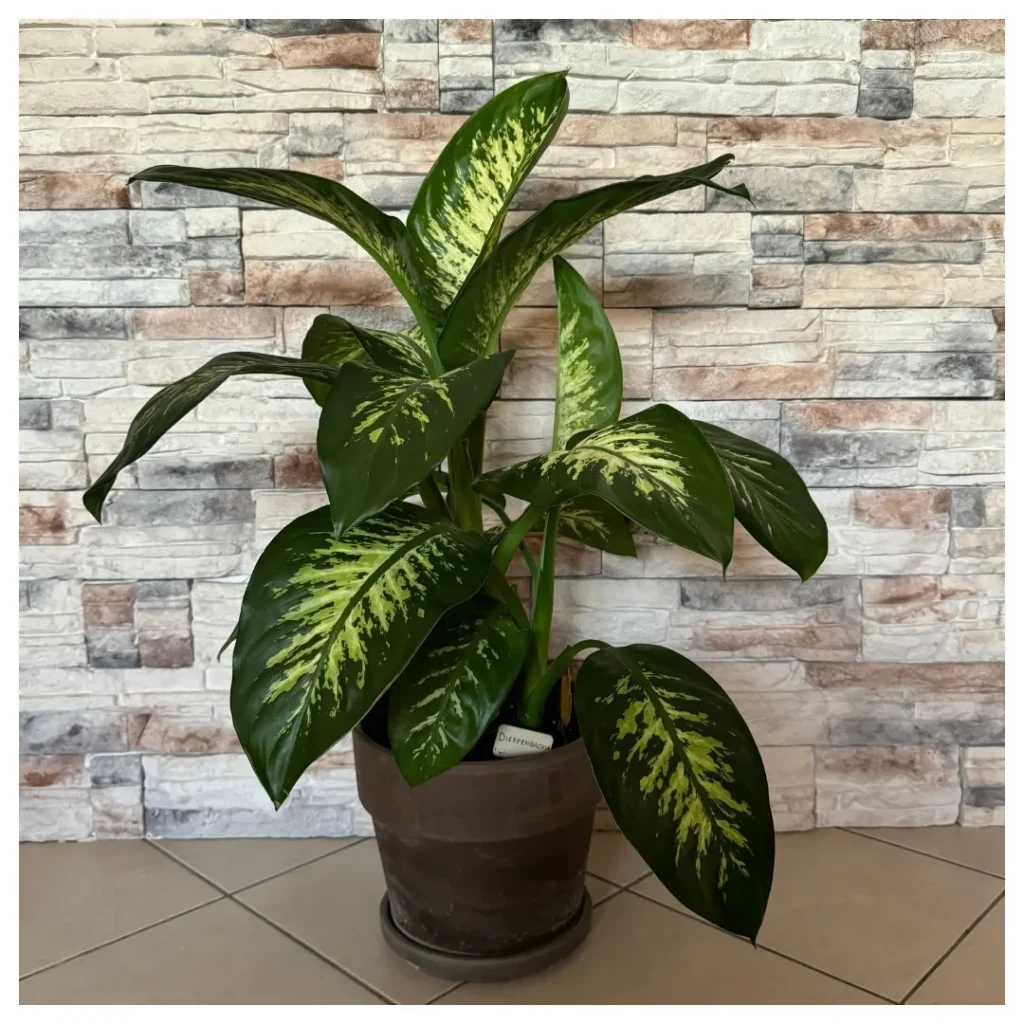
Proper watering is essential for the health and vitality of your Dieffenbachia plant. These tropical beauties prefer soil that is not overly moist, so it’s important to find the right balance.
A general guideline for watering Dieffenbachia is to allow the top 2 inches of soil to dry out before watering again. This ensures that the roots have enough oxygen and prevents the risk of overwatering.
While a weekly watering schedule is often suitable for most Dieffenbachia plants, it’s important to consider factors such as light exposure and the overall health of the plant. These factors can affect the watering frequency.
Visual Indicators of Thirst
Your Dieffenbachia will let you know when it’s time to water. One visual indicator of thirst is droopy foliage. When the plant is thirsty, the leaves may start to wilt and sag. This is a clear sign that it’s time to give your Dieffenbachia a drink.
However, it’s important not to wait until the leaves are completely wilted, as this may cause stress to the plant. Regularly check the soil moisture level by gently sticking your finger about an inch into the soil. If it feels dry, it’s time to water.
Tips for Watering
- Water your Dieffenbachia thoroughly when you do water it, ensuring that the water reaches all parts of the root system.
- Avoid letting your Dieffenbachia sit in standing water, as this can lead to root rot. Make sure the pot has proper drainage.
- Consider using a moisture meter to help you determine when to water. This can be particularly useful if you’re unsure about the moisture level in the soil.
Fertilizing Dieffenbachia

Dieffenbachia plants are known for their robust growth, and regular fertilization plays a crucial role in achieving this. By providing your Dieffenbachia with the right nutrients, you can ensure that it stays healthy and vibrant. One popular option for indoor plant food is Miracle-Gro® Indoor Plant Food, which is specifically formulated to meet the nutritional needs of houseplants.
When it comes to fertilizing your Dieffenbachia, timing is key. It is recommended to start feeding your plant with indoor plant food about a month after planting. This gives the plant enough time to establish its roots and adjust to its new environment. From then on, during the growing season, feed your Dieffenbachia every two weeks.
When using Miracle-Gro® Indoor Plant Food, be sure to follow the instructions on the label for the proper feeding amount. Over-fertilizing can do more harm than good, so it’s essential to strike the right balance.
Feeding Frequency:
- During the growing season: Feed your Dieffenbachia every two weeks
However, it’s important to note that the feeding frequency may vary depending on the specific needs of your Dieffenbachia. If your plant is growing in low light conditions, it may require less frequent fertilization. Always monitor the plant’s growth and adjust the feeding schedule accordingly.
Lastly, it is recommended to cease fertilizing your Dieffenbachia during the winter months. This period generally corresponds to the plant’s dormant phase when its growth slows down. By withholding fertilizer during this time, you allow the plant to rest and prepare for the next growing season.
Potting Dieffenbachia
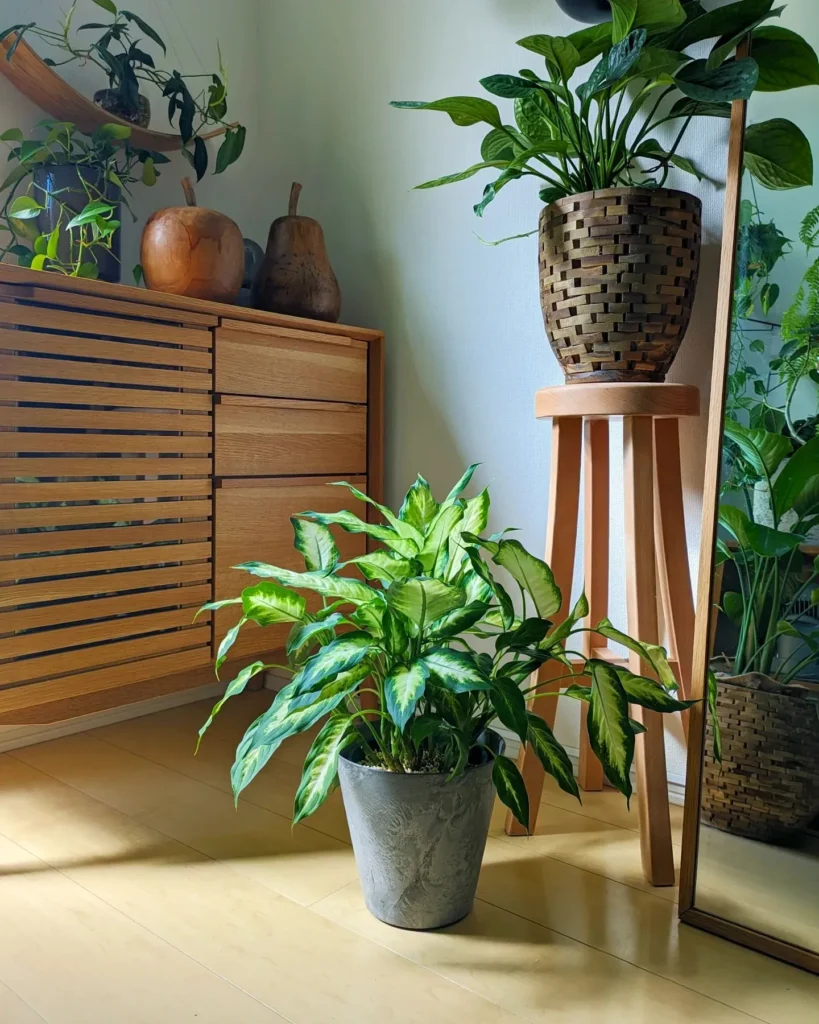
Properly potting your Dieffenbachia is essential for its growth and overall health. Follow these steps to ensure successful potting:
Choose the right container: Select a container that is no more than 1/3 wider in diameter than the plant’s original pot or root ball. This allows for proper root development and prevents excessive moisture accumulation.
Prepare the potting mix: Fill the bottom 1/3 of the container with a well-draining potting mix, such as Miracle-Gro® Indoor Potting Mix. This lightweight mix is formulated to provide optimal drainage and aeration, promoting healthy root growth.
Add a plant saucer: If you’re using a planter with drainage holes, place a plant saucer beneath it to collect excess water. This helps prevent water damage to your furniture or floors and allows for easy disposal of the drained water.
Pot the Dieffenbachia: Carefully remove the plant from its current pot and gently loosen the roots. Place the plant in the new container, ensuring it is centered and at the same depth as before. Fill the sides with the potting mix, pressing it gently to eliminate any air pockets.
Water and drain: After potting the plant, thoroughly water it until you see water draining out of the bottom. This helps settle the soil and encourages proper root establishment. Allow the excess water to drain completely before placing the plant in its designated spot.
Propagation of Dieffenbachia
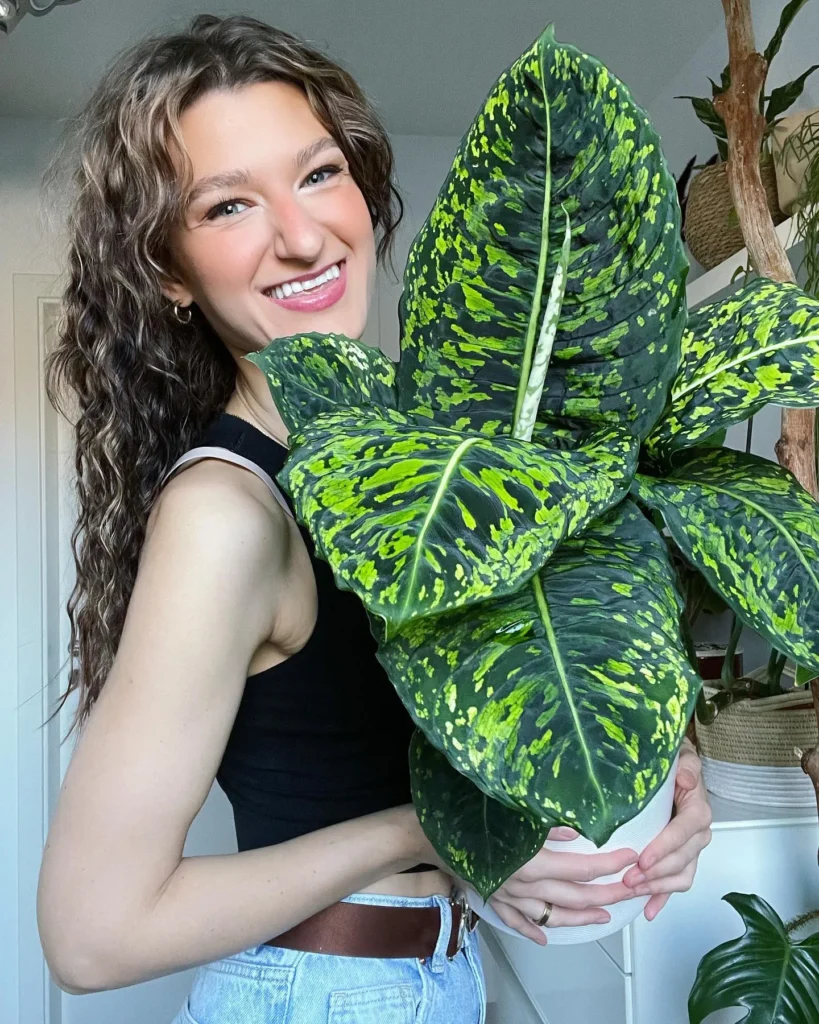
Propagating Dieffenbachia is a simple and rewarding way to expand your collection of these stunning houseplants. One of the most common methods of propagation is through stem cuttings, making it easy for anyone to successfully propagate Dieffenbachia plants at home.
Here’s a step-by-step guide on how to propagate Dieffenbachia:
- Prepare the stem cuttings: Select healthy stems with at least two leaves. Using clean and sharp pruning shears, make a clean cut just below a leaf node.
- Apply rooting hormone: Dip the cut end of the stem in a rooting hormone, such as Miracle-Gro® FastRoot1® Dry Powder Rooting Hormone. This helps stimulate root growth and increases the chances of successful propagation.
- Plant the cutting: Fill a small container with moist potting mix, such as Miracle-Gro® Indoor Potting Mix. Make a hole in the soil and gently insert the cutting, burying it about an inch deep. Firmly press the soil around the stem to provide stability.
- Maintain proper humidity: Place a clear plastic bag or a propagation dome over the container to create a mini greenhouse effect. This helps retain moisture and creates a humid environment ideal for root development.
- Provide indirect light: Place the container in a well-lit area away from direct sunlight. Indirect light ensures the cutting receives the right amount of light without causing stress or damage.
- Keep the soil damp: Check the moisture level regularly and water the cutting whenever the top inch of soil feels dry. Avoid overwatering, as it can lead to root rot. Mist the leaves occasionally to maintain humidity.
- Wait for root development: Within a few weeks, you should start seeing roots forming. Once the roots are well-established, you can remove the plastic bag or dome and continue caring for the young plant as you would with a mature Dieffenbachia.
Alternatively, you can also propagate Dieffenbachia using stem tip cuttings with leaves attached. Simply place the cuttings in water or soil until roots appear, and then transfer them to a pot for continued growth.
Growth and Development of Dieffenbachia

Dieffenbachia is a fast-growing plant that can reach a height of 3 to 6 feet under ideal conditions. It typically grows up to 2 feet in a single year. As the plant matures, it may shed its lower leaves, revealing thick stems that resemble a palm tree trunk.
If you prefer a bushier appearance, you can prune the plant back to the desired height. Pruning should be done at a 45-degree angle just above a leaf node, taking care not to remove more than one-third of the plant’s foliage.
- Dieffenbachia is a fast-growing plant that can reach a height of 3 to 6 feet under ideal conditions.
- It typically grows up to 2 feet in a single year.
- As the plant matures, it may shed its lower leaves, revealing thick stems that resemble a palm tree trunk.
- To maintain a bushier appearance, prune the plant back to the desired height.
Pruning Tips:
- Prune your Dieffenbachia at a 45-degree angle just above a leaf node.
- Take care not to remove more than one-third of the plant’s foliage.
Pests and Diseases of Dieffenbachia
Dieffenbachia plants are generally hardy and resistant to pests and diseases. However, they can sometimes be susceptible to common houseplant pests such as mealybugs, whiteflies, scale, and spider mites. Regularly inspect the foliage for signs of infestation, and if pests are detected, take immediate action to prevent further damage.
Here are some common houseplant pests that can affect Dieffenbachia:
- Mealybugs: These small, white, cottony pests can be found on the undersides of leaves and in leaf axils. They can cause leaf yellowing and stunted growth.
- Whiteflies: These tiny, white, moth-like insects usually cluster on the undersides of leaves. They suck the sap from the plant, causing leaf yellowing and wilting.
- Scale: Scale insects are small, oval-shaped pests that attach themselves to the stems and leaves of plants. They can cause yellow spots, distorted growth, and weakened plant vigor.
- Spider Mites: These tiny pests are difficult to see with the naked eye. They usually appear as tiny dots on the undersides of leaves and create fine webbing. Spider mites can cause leaf stippling, discoloration, and overall plant decline.
To control these pests, you can use various methods:
- Natural remedies: One effective natural solution is to mix a small amount of dish soap with water and spray it on the affected plant. This can help suffocate and eliminate pests. Another natural option is to introduce beneficial insects such as ladybugs or predatory mites, which feed on common houseplant pests.
- Commercial insecticides: If natural remedies are not sufficient, you can use commercial insecticides specifically formulated for houseplants. Be sure to read and follow the instructions on the product label for safe and effective pest control.
Recap and Final Tips for Dieffenbachia Care
Now that you have learned all about Dieffenbachia care, let’s recap the essential tips to ensure your plant thrives and remains healthy. First and foremost, make sure to provide your Dieffenbachia with the right amount of light. Place the plant in a spot that receives bright, indirect light for optimal growth. Avoid direct sunlight, as it can scorch the leaves.
Next, watering is key to maintaining a happy Dieffenbachia. Allow the top 2 inches of soil to dry out before watering, and remember to water regularly, approximately once a week. Be mindful not to overwater, as this can lead to root rot.
Feeding your Dieffenbachia is equally important. Use a liquid indoor plant food, such as Miracle-Gro® Indoor Plant Food, every two weeks during the growing season. Adjust the frequency if your plant is in low light conditions. In winter, suspend fertilizing to allow the plant to rest.
When it comes to potting, choose a container that is no more than 1/3 wider than the plant’s original pot or root ball. Fill it with a well-draining potting mix, like Miracle-Gro® Indoor Potting Mix, ensuring it has proper drainage to prevent overwatering. Lastly, keep an eye out for pests and diseases. Regularly inspect the plant for signs of infestation and take necessary steps for pest control.
By following these Dieffenbachia care tips, you can enjoy a lush and vibrant plant that adds beauty to your home. Remember to wear gloves when handling the plant, as its sap can cause skin and eye irritation. Happy gardening!
FAQ
Q: What is Dieffenbachia?
A: Dieffenbachia is a popular houseplant known for its lush foliage and easy care requirements.
Q: What does Dieffenbachia look like?
A: Dieffenbachia plants have large, pointed, oblong leaves with variegated patterns of white, yellow, gold, and green. This gives the plant a tropical look.
Q: What kind of light does Dieffenbachia need?
A: Dieffenbachia plants thrive in bright, indirect light. They can tolerate low light conditions, but their growth may slow down significantly.
Q: How often should I water my Dieffenbachia?
A: It is best to allow the top 2 inches of soil to dry out before watering. As a general guideline, watering once a week is recommended for most Dieffenbachia plants.
Q: How should I fertilize my Dieffenbachia?
A: Begin feeding your Dieffenbachia a liquid indoor plant food about a month after planting. During the growing season, feed your plant every two weeks. Stop fertilizing during the winter months.
Q: How do I pot my Dieffenbachia?
A: Choose a container that is no more than 1/3 wider in diameter than the plant’s original pot or root ball. Fill the bottom 1/3 of the container with a well-draining potting mix. Thoroughly water the plant after potting and allow it to drain before placing it in its designated spot.
Q: How can I propagate Dieffenbachia?
A: Dieffenbachia can be propagated through stem cuttings. Dip the cut end in a rooting hormone and plant it in moist potting mix. Another method is using stem tip cuttings with leaves attached, which can be placed in soil or water until roots appear.
Q: How big does Dieffenbachia grow?
A: Dieffenbachia is a fast-growing plant that can reach a height of 3 to 6 feet under ideal conditions. It typically grows up to 2 feet in a single year.
Q: What pests and diseases should I look out for in Dieffenbachia?
A: Dieffenbachia plants are generally hardy and resistant to pests and diseases. However, they can sometimes be susceptible to common houseplant pests such as mealybugs, whiteflies, scale, and spider mites.
Q: How do I take care of Dieffenbachia?
A: Dieffenbachia care involves providing the right amount of light, proper watering, regular fertilization, potting in well-draining soil, monitoring growth and development, and controlling pests and diseases.



